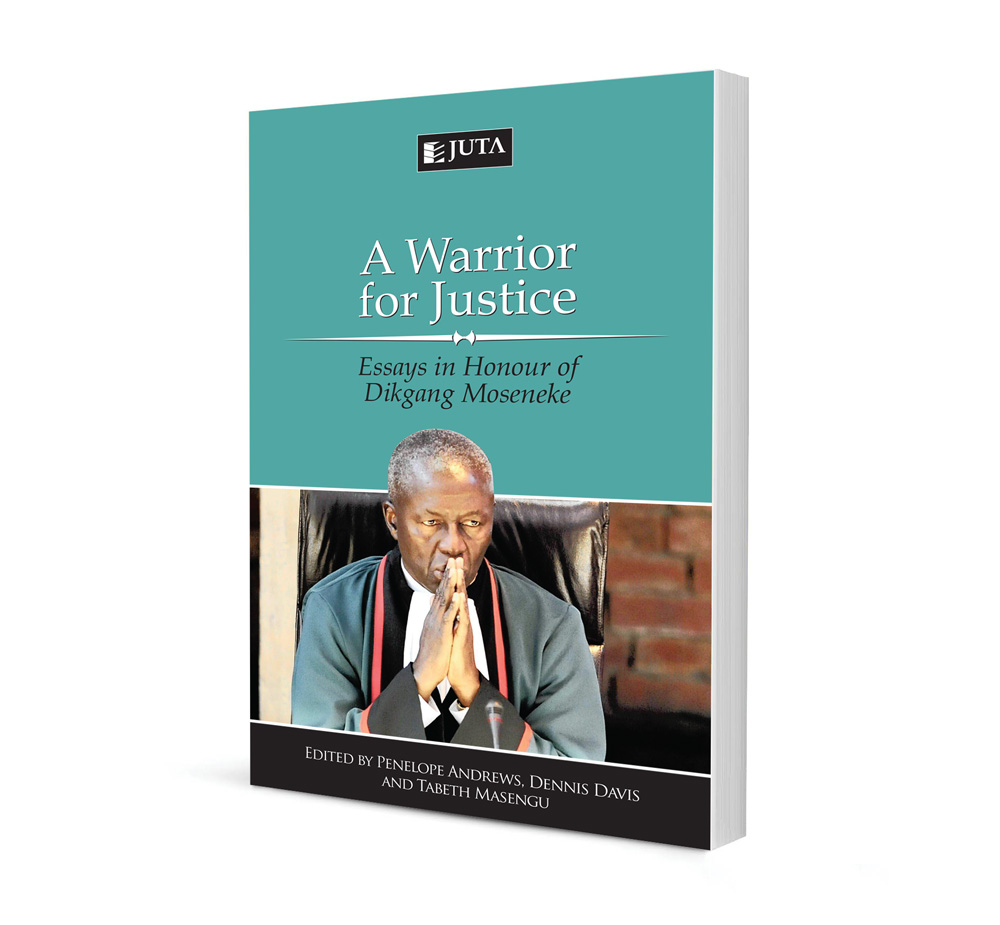On the limits of cultural accommodation: KwaZulu-Natal MEC for Education v Pillay

On the limits of cultural accommodation: KwaZulu-Natal MEC for Education v Pillay
Authors Okyerebea Ampofo-Anti, Michael Bishop
ISSN: 1996-2088
Affiliations: Partner, Webber Wentzel; Attorney of the High Court of South Africa; Counsel, Constitutional Litigation Unit, Legal Resources Centre; Honorary Research Associate, University of Cape Town; Member of the Cape Bar
Source: Acta Juridica, 2015, p. 456 – 494
Abstract
In KwaZulu-Natal MEC for Education v Pillay, Chief Justice Langa held that it constituted unfair discrimination for a public school to prevent a learner from wearing a nose stud to school, because wearing the stud was a voluntary part of the learner’s religion and, more importantly, her culture. In this contribution we consider the limits of this type of cultural accommodation after Pillay by focusing on two questions: What types of beliefs and practices are "cultural"? And how should courts determine the burdens other must bear to accommodate cultural practices? First, we offer preliminary answers to three central questions that Pillay left unanswered: What is a culture? Who qualifies as a member of a culture? How do we determine which practices are part of a culture? Second, we discuss the role and meaning of "reasonable accommodation" and argue that Pillay mistakenly framed it as a balancing test between the interests of the learner and the school. In doing so, it obscured other important factors that should be considered.